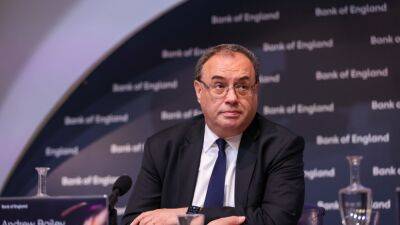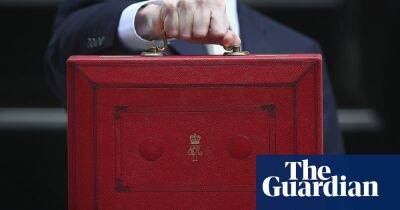Now Britain is in the 100% debt-to-GDP club, what’s the spending plan?
Britain is about to become a member of a club it has avoided joining for six decades – that of nations with a 100% debt-to-GDP ratio.
Such is the size and scale of the rescue packages needed to prevent the energy crisis overwhelming millions of families and avoid thousands of businesses going bust, a debt ratio that shot up from 83% to 94% in the first months of the pandemic and touched almost 104% in 2021, is now on course to stay in three figures for the rest of the decade.
Successive Tory chancellors have tried to prevent the national debt from growing to the size of the UK’s £2.2tn annual national income (gross domestic product).
This is not how households think about their debts. Most people with a mortgage would have a debt-to-income level in excess of Japan’s 263% if they measured the size of the outstanding loan against their yearly income. However, debt-to-GDP has become the measure by which international investors judge a government’s ability to pay its way. And so international lenders are ever watchful of government spending deficits, because if they exceed economic growth, the debt mountain will increase.
Paul Dales of Oxford Economics says a brief drop in the UK’s debt-to-GDP ratio below 100% this year will prove to be temporary: “In four or five years’ time it will seem normal for the UK to have a ratio above 100%.”
In his first budgets as chancellor, from 2010, George Osborne worked every trick to prevent the ratio exceeding 100% and then to bring it down. Rishi Sunak was of the same mind until the pandemic forced him to spend an extra £400bn.
Philip Shaw of Investec says investors were concerned more about the government’s strategy than the level of debt: “I don’t take a Micawberish attitude and say 99% good,
Read more on theguardian.com



















